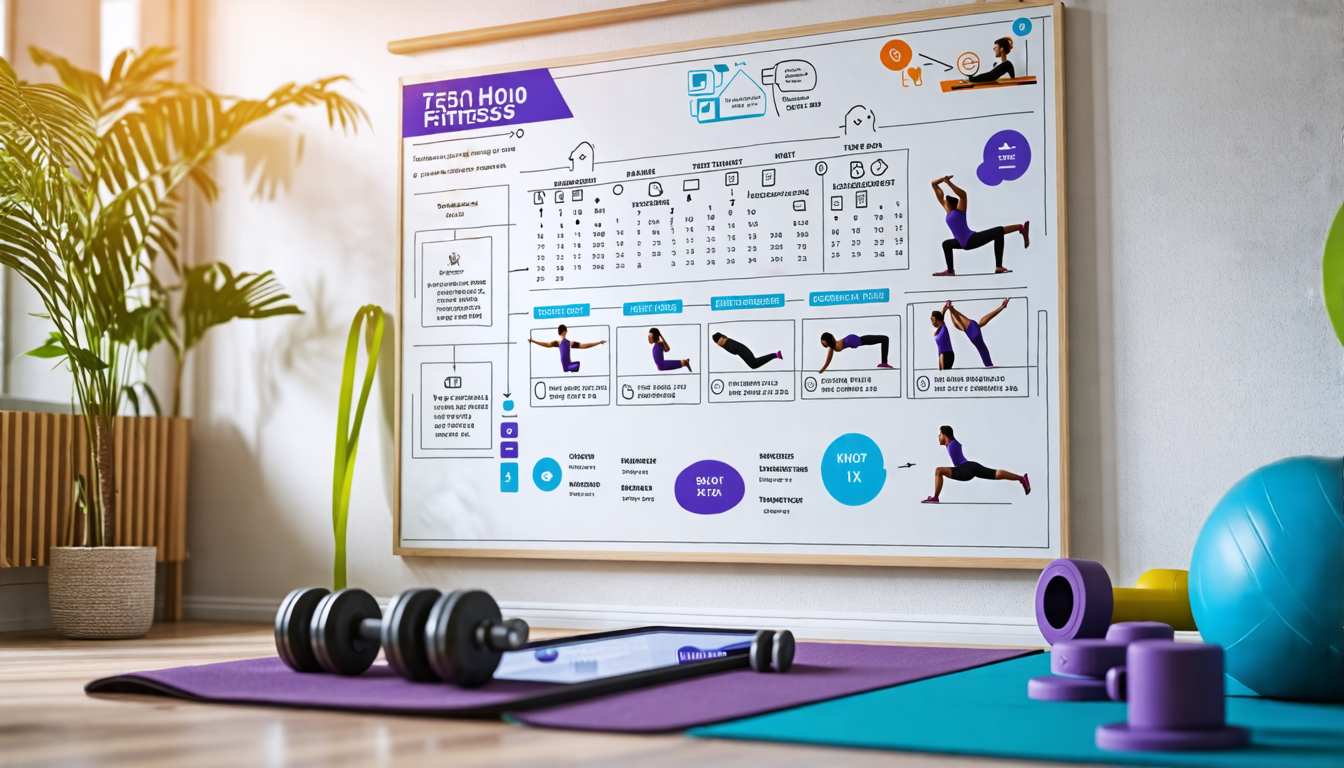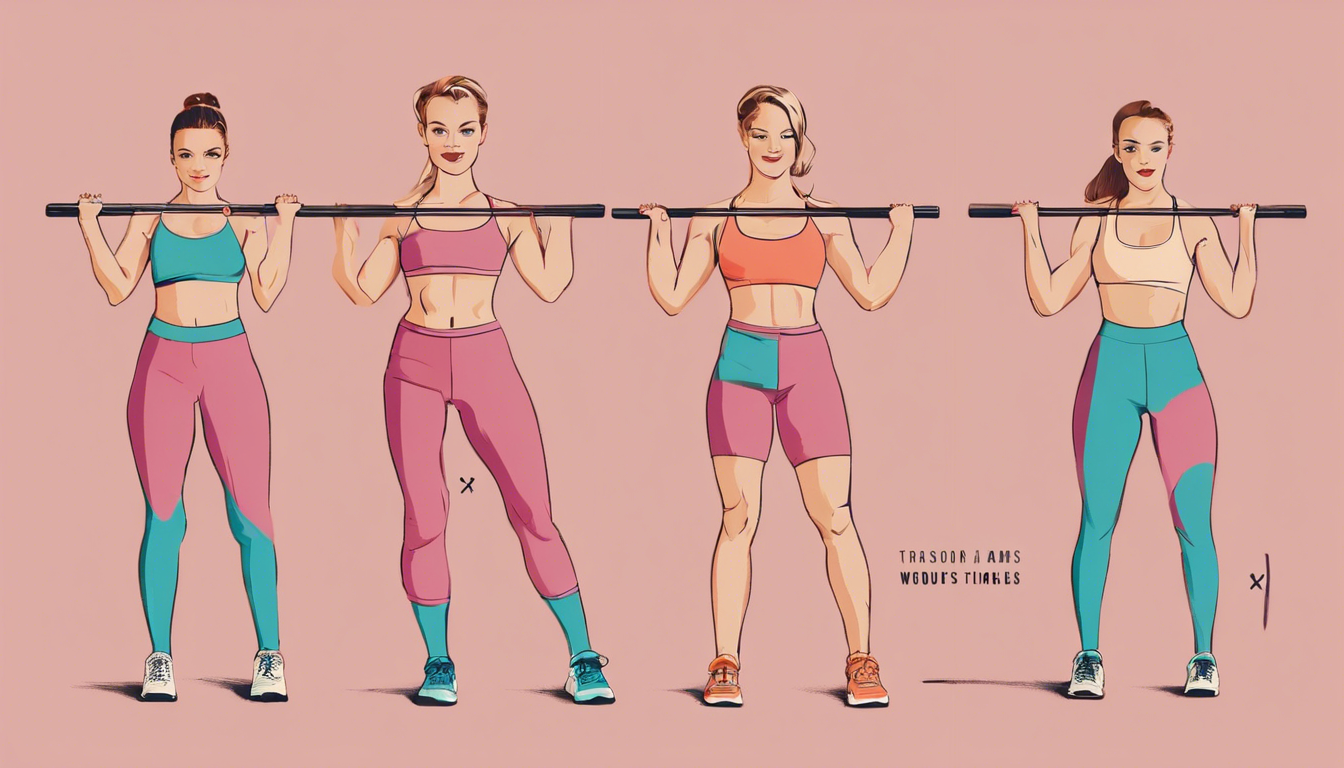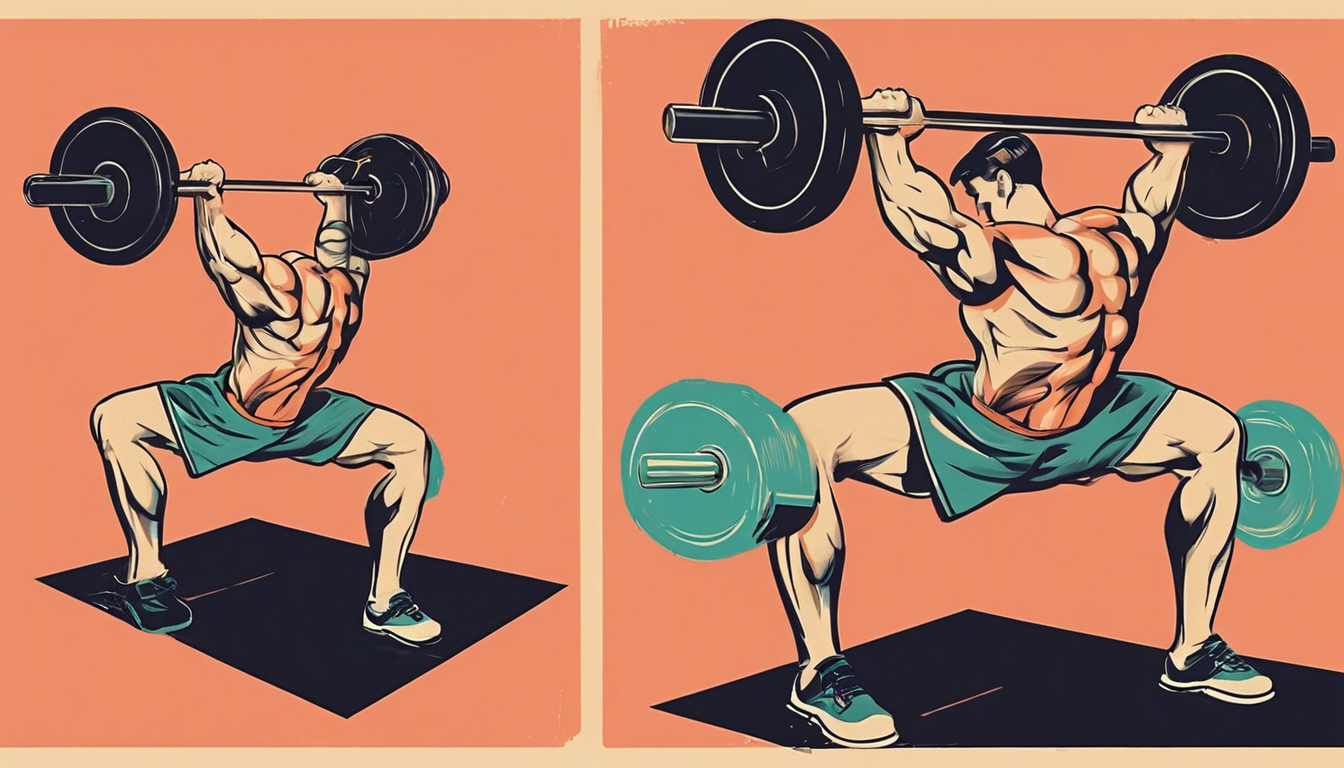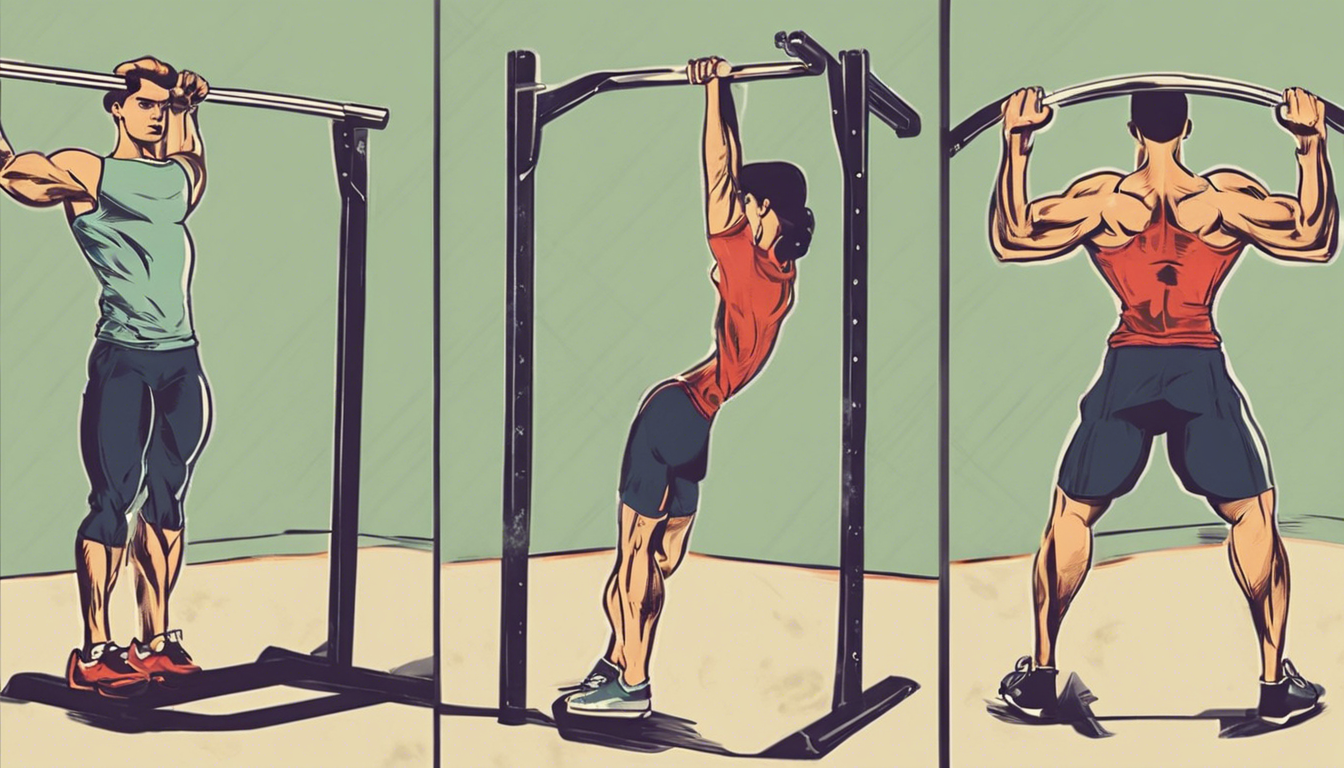
The Vision of a Transformed You
Imagine waking up not to an alarm, but to a sense of latent energy. You move through your day with a newfound resilience—carrying groceries, playing with kids, or simply standing tall feels effortless. This isn’t a fantasy; it’s the tangible result of a consistent, empowering practice cultivated in your own space. The bridge from intention to transformation is built not by chance, but by design. The master key to unlocking sustainable motivation, measurable progress, and profound physical change is creating a home fitness plan. This plan is your personal blueprint, the non-negotiable architecture for building a stronger, more capable you.
Foundational Choices: Laying Your Plan’s Cornerstones
Before you perform a single rep, you must pour the concrete of your foundation. These initial decisions determine whether your plan stands the test of time or crumbles under the weight of inconsistency.
Part A: Defining Your “Why” and Setting Intelligent Goals
Vague aspirations like “get in shape” are motivational ghosts—they have no substance. You must define a tangible target. Transform “get fit” into a S.M.A.R.T. goal: Specific, Measurable, Achievable, Relevant, and Time-bound. Examples include: “Perform 10 consecutive push-ups in 8 weeks,” or “Add 20 pounds to my deadlift in 3 months.” This goal dictates your plan’s entire focus—whether it prioritizes strength, muscle growth (hypertrophy), endurance, or mobility.
Part B: Auditing Your Space and Equipment
Your environment is your gym. Conduct a ruthless audit. Is it a dedicated room, a living room corner, or a garage bay? Your space dictates your equipment, and your equipment structures your plan. You are not choosing gear; you are choosing a training methodology.
| Equipment Level | Key Characteristics & Plan Implications |
|---|---|
| Minimalist (Bodyweight) | Ultimate flexibility and zero cost. Plans focus on progressive calisthenics (e.g., incline push-ups to full push-ups). Demands creativity in exercise variation to maintain overload. |
| Modular (Bands, Dumbbells, Kettlebell) | Offers excellent versatility and scalable resistance. Ideal for full-body or split routines. Your plan will emphasize compound movements (e.g., dumbbell rows, goblet squats) and manageable equipment swaps. |
| Equipped (Rack, Barbell, Bench) | Enables maximal strength and power development. Plans are typically centered on barbell lifts (Squat, Press, Deadlift) and require strict attention to safety and setup protocols. |
Part C: The Schedule & Time Commitment
Consistency trumps intensity every time. Decide on a realistic weekly frequency—three days is a powerful start for most. This is not “finding” time; it is blocking time. Your workout becomes a non-negotiable appointment in your calendar, as important as any business meeting.
The Core System: Structuring Your Workout Framework
With your foundation set, you now build the operational system. A successful plan is a balanced engine of complementary parts, each with a critical function.
Component 1: The Warm-Up Protocol (5-10 Minutes)
Never sacrifice this. A proper warm-up prevents injury and primes your nervous system for performance. Implement 5-10 minutes of dynamic movement: leg swings, cat-cow stretches, torso twists, and light repetitions of your first planned exercise.
Component 2: Exercise Selection & Programming
This is the heart of your plan. Select compound movements that work multiple muscle groups (squats, pushes, pulls, hinges). Organize them into a logical weekly split. Your choice dictates your training rhythm:
- Full Body (3x/week): Ideal for beginners or those with limited time. Every session works all major movement patterns.
- Upper/Lower Split (4x/week): Allows greater volume per muscle group. Example: Monday-Upper, Tuesday-Lower, Thursday-Upper, Friday-Lower.
- Push/Pull/Legs (PPL) (3-6x/week): Highly efficient for muscle growth. “Push” days target chest, shoulders, triceps; “Pull” targets back and biceps; “Legs” speaks for itself.
Across any split, you must apply the principle of progressive overload: systematically increasing stress on the body by adding weight, reps, or sets over time.
Component 3: The Work/Rest Balance
Your goal dictates your rep and rest scheme. For strength (heavy weight, 1-5 reps), rest 2-5 minutes. For hypertrophy (moderate weight, 6-12 reps), rest 60-90 seconds. For endurance (light weight, 15+ reps), rest 30-60 seconds. Adhere to these ranges strictly; they are part of the plan’s architecture.
Component 4: The Cool-Down & Recovery Strategy
The workout ends, but the plan does not. A 5-minute cool-down of static stretching for worked muscle groups aids recovery. Crucially, your plan must schedule rest days. These are not voids of activity; they are the periods where your body adapts and grows stronger.
Advanced Practices: Optimization for Long-Term Success
To move from good to exceptional, you must master the art of managing your plan over months and years, not just weeks.
Practice 1: Periodization
Linear progress forever is a myth. Periodization is the planned manipulation of training variables to peak performance and avoid plateaus. A simple model is a 3-phase, 12-week cycle: 4 weeks of hypertrophy (higher reps), 4 weeks of strength (lower reps, heavier weight), and a 1-week “deload” of reduced volume to supercharge recovery before the next cycle.
Practice 2: Nutrition & Hydration Synergy
Your plan extends to your kitchen. Align your fueling with your training goal. Consume a balanced meal with protein and carbohydrates 1-2 hours pre-workout for energy. Follow with a protein-rich meal post-workout to aid repair. Hydration is a daily discipline, not just a gym-side task.
Practice 3: Tracking and Data
If you don’t log it, it didn’t happen. Use a simple notebook or fitness app to record exercises, weights, reps, and how you felt. This data is your compass. It reveals progress invisible in the mirror, allows you to celebrate micro-wins, and provides the objective evidence needed to intelligently adjust your plan.
Navigating Plateaus and Setbacks
Plateaus are not failures; they are feedback. Your first line of defense is prevention: unwavering consistency, prioritizing 7-9 hours of sleep, and managing life stress. When progress stalls despite adherence, it’s time for intervention.
- Boredom: Swap 1-2 exercises for a variation that targets the same muscles (e.g., swap barbell bench press for dumbbell bench press).
- Strength Plateau: Implement a planned deload week, then return with a slight reduction in weight to build momentum.
- Motivation Dip: Revisit and refresh your original S.M.A.R.T. goal, or set a new 30-day mini-challenge within your plan.
Your Sample Weekly Blueprint
Here is a practical, adaptable 4-day template for creating a home fitness plan with modular equipment. Adjust weights and reps to match your level, always prioritizing perfect form.
| Day | Primary Focus | Key Exercises & Objective |
|---|---|---|
| Monday | Upper Body Strength | Dumbbell Press (3×6-8), Bent-Over Rows (3×8-10), Push-Ups (3x max). Focus on controlled, powerful movements. |
| Tuesday | Lower Body & Core | Goblet Squats (3×8-10), Dumbbell RDLs (3×10-12), Plank (3x 45-sec holds). Focus on depth and stability. |
| Wednesday | Active Recovery | 30-minute walk, light yoga, or foam rolling. Focus on movement and blood flow without strain. |
| Thursday | Upper Body Hypertrophy | Incline Dumbbell Press (4×10-12), Lat Pulldowns (with band) (4×12-15), Overhead Tricep Extensions (3×12-15). Focus on muscle-mind connection. |
| Friday | Full-Body Power & Endurance | Kettlebell Swings (4×15), Lunges (3×10 per leg), Dumbbell Renegade Rows (3×10). Focus on pace and conditioning. |
Your Home, Your Transformation
The true power of this journey lies not in the equipment you own, but in the personalized structure you create and uphold. You have moved from laying the cornerstones of your “why” and space, to engineering the balanced system of training variables, and finally to mastering the long-term arts of optimization and adaptation. This plan is your living document, evolving as you do. The profound satisfaction that awaits is not merely in a changed physique, but in the undeniable knowledge that you have become the architect of your own strength, health, and vitality. Your transformation is built, rep by intentional rep, within the walls you call home.





